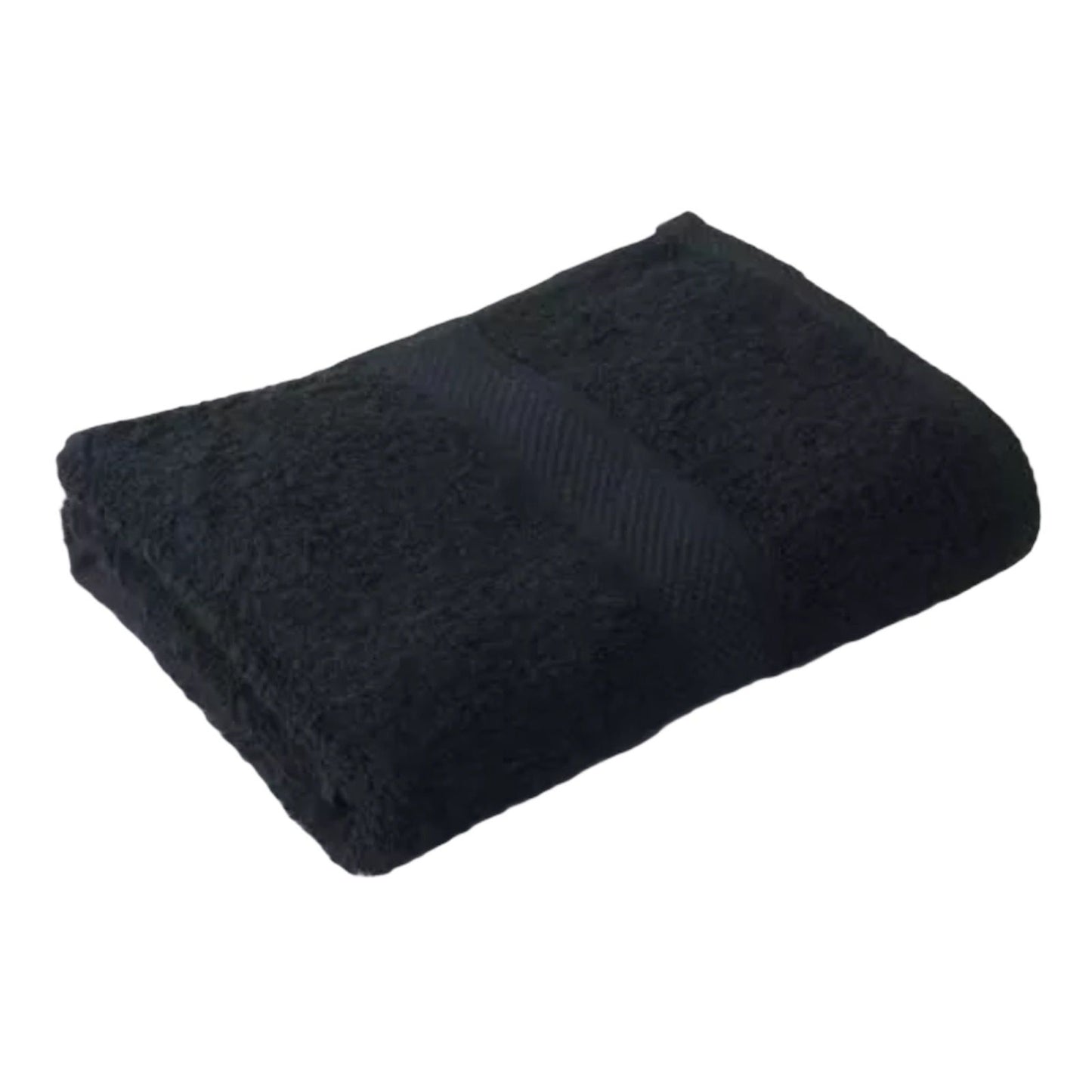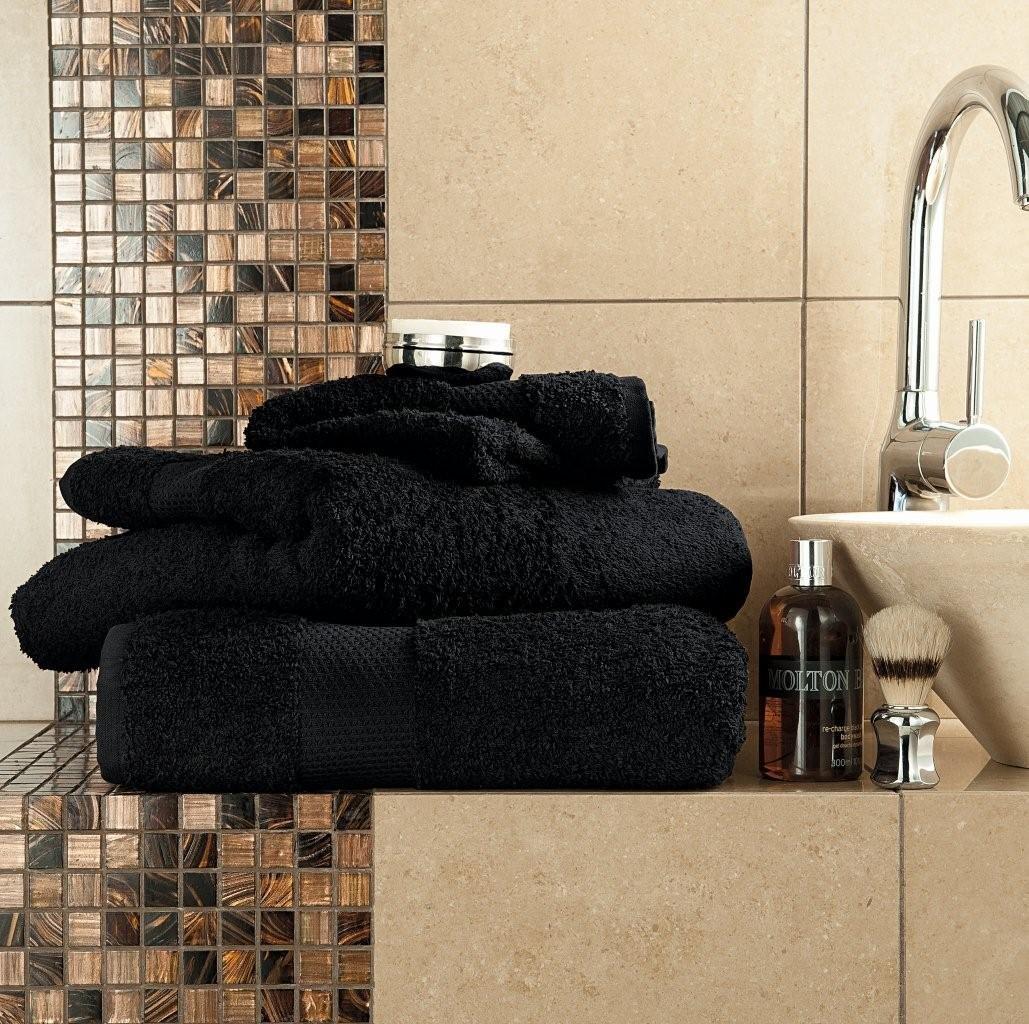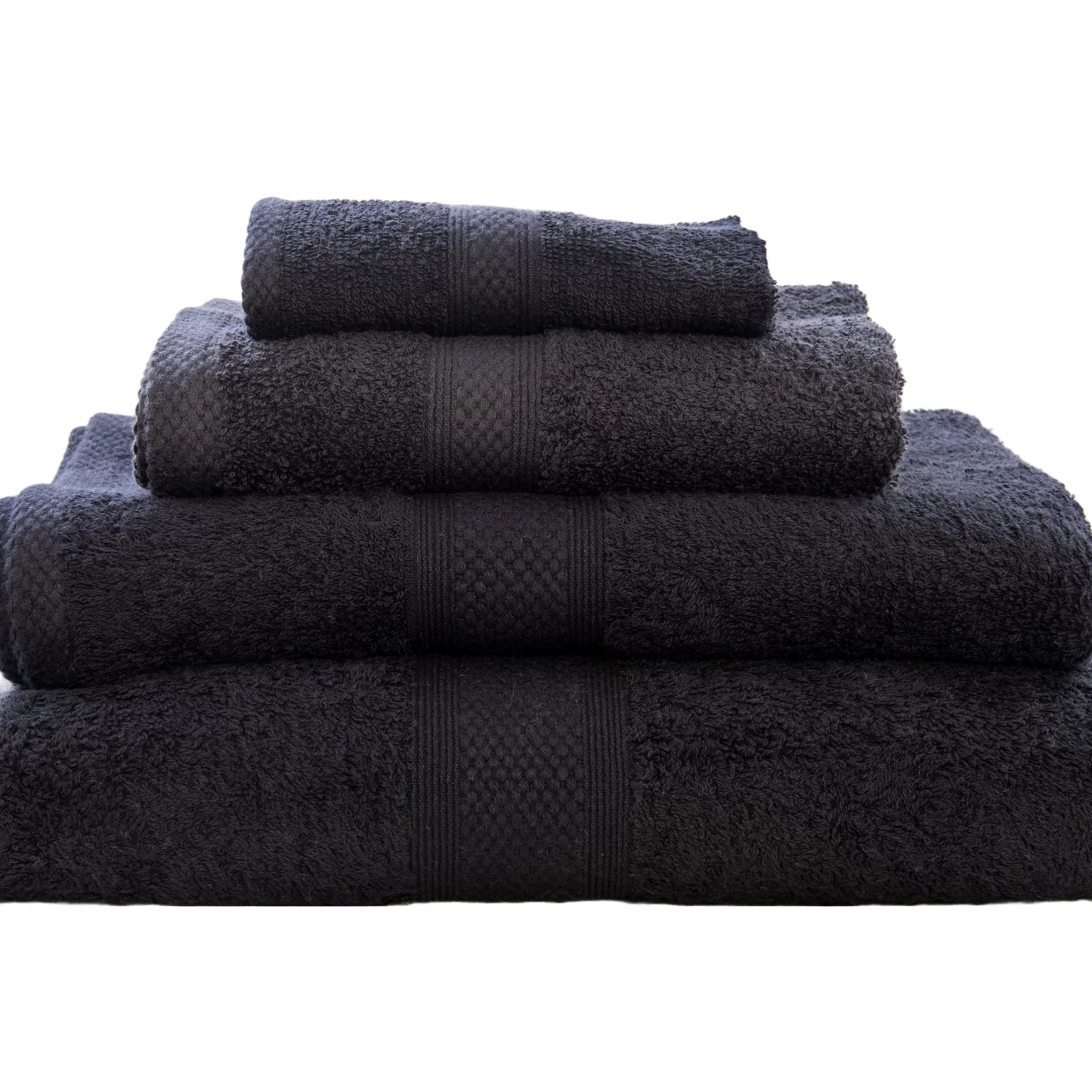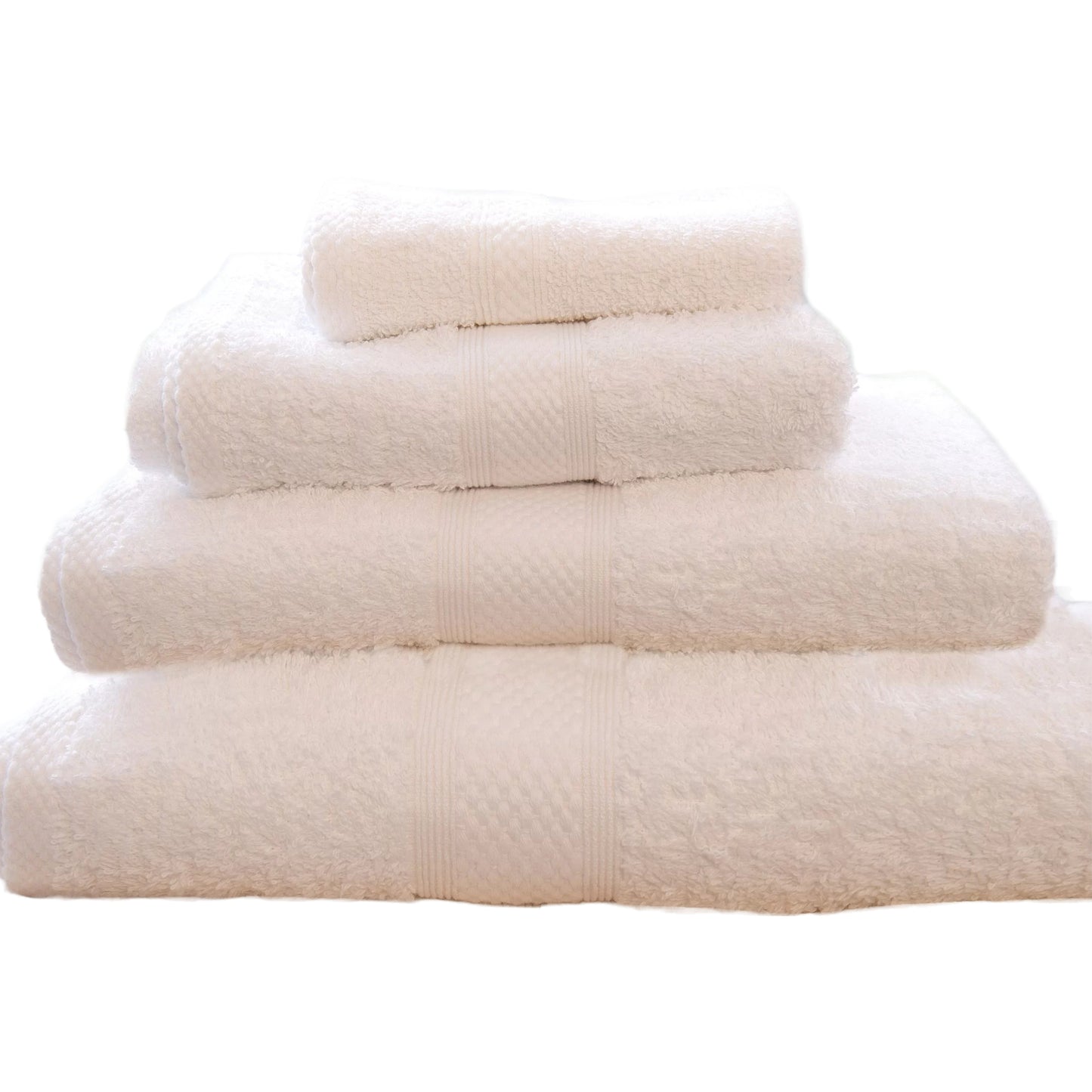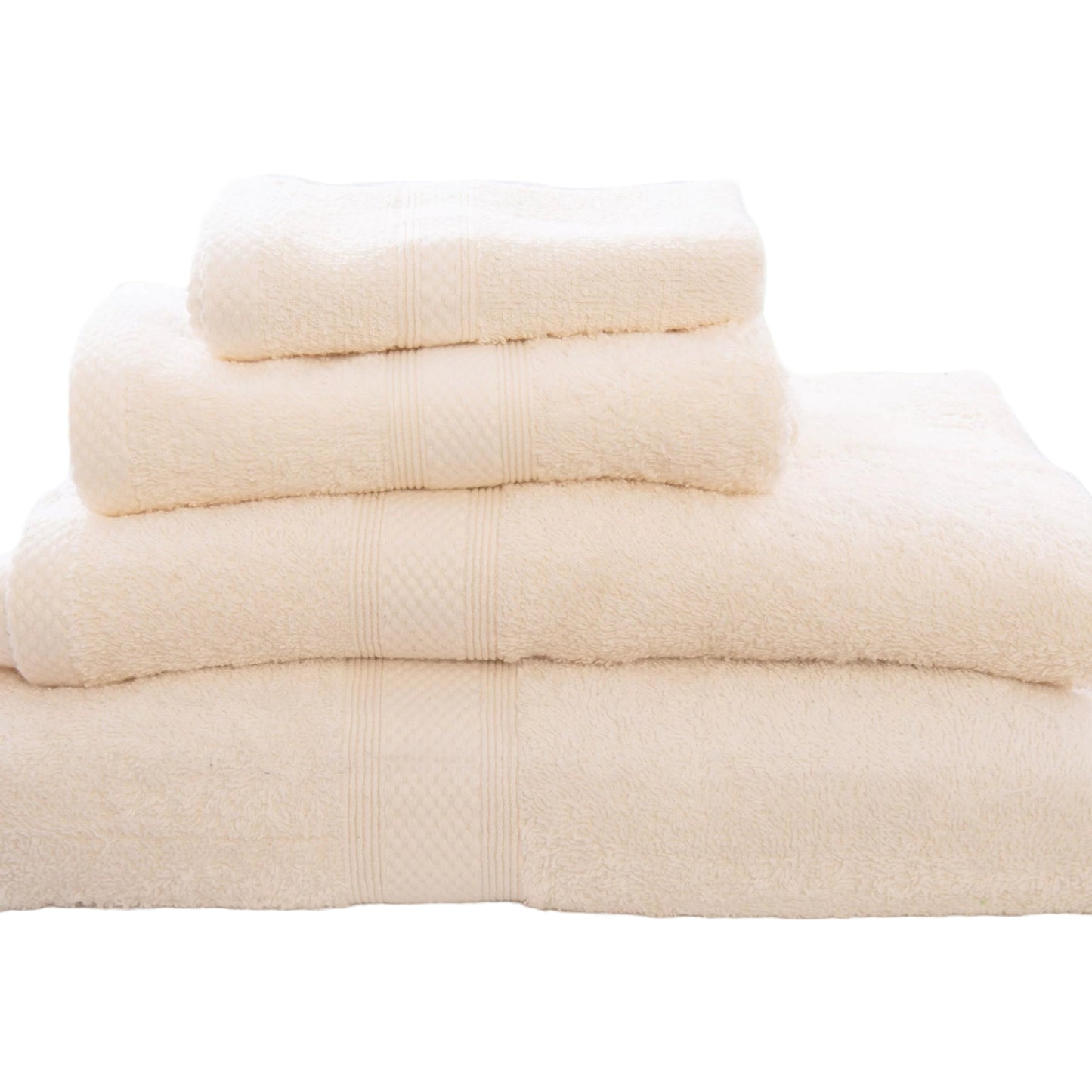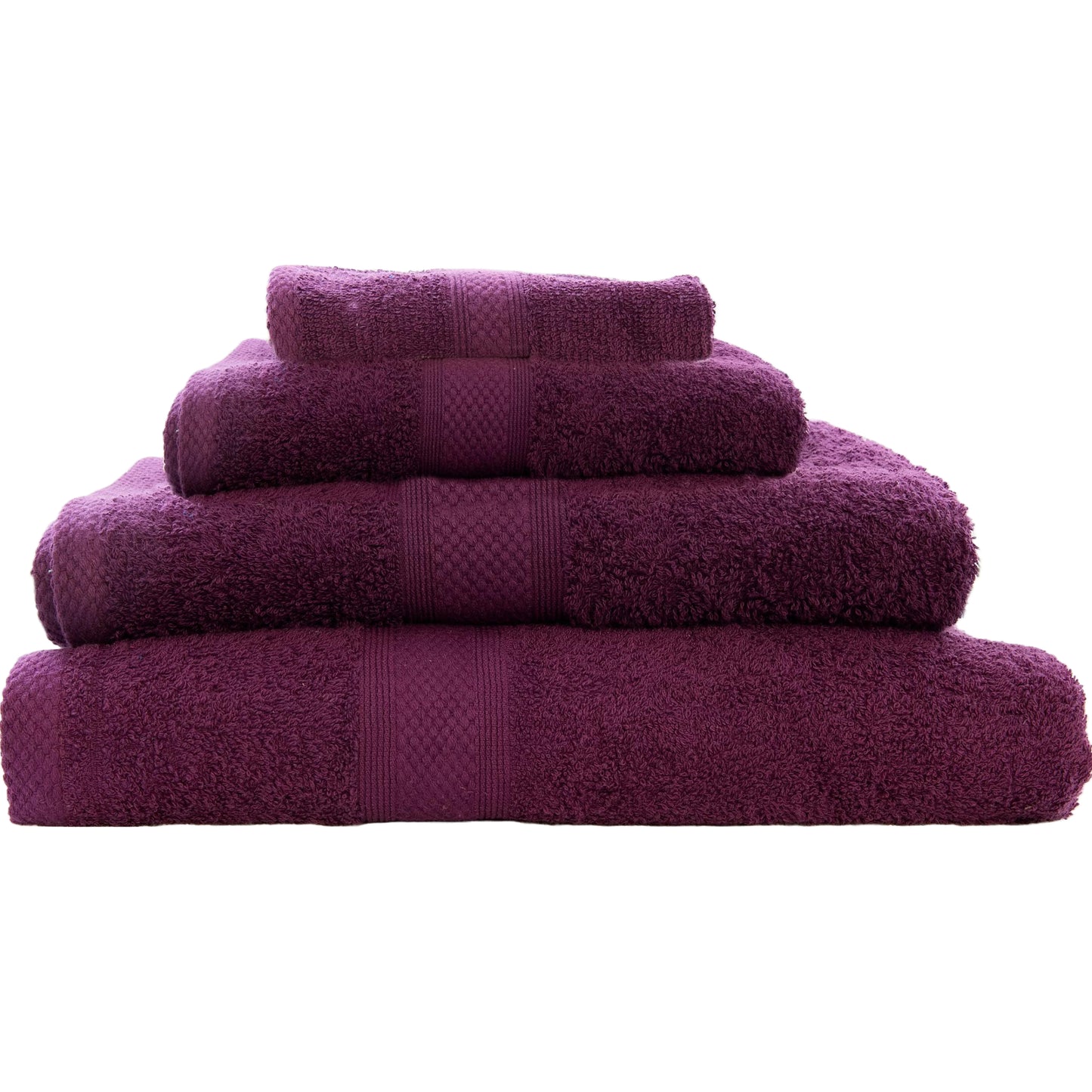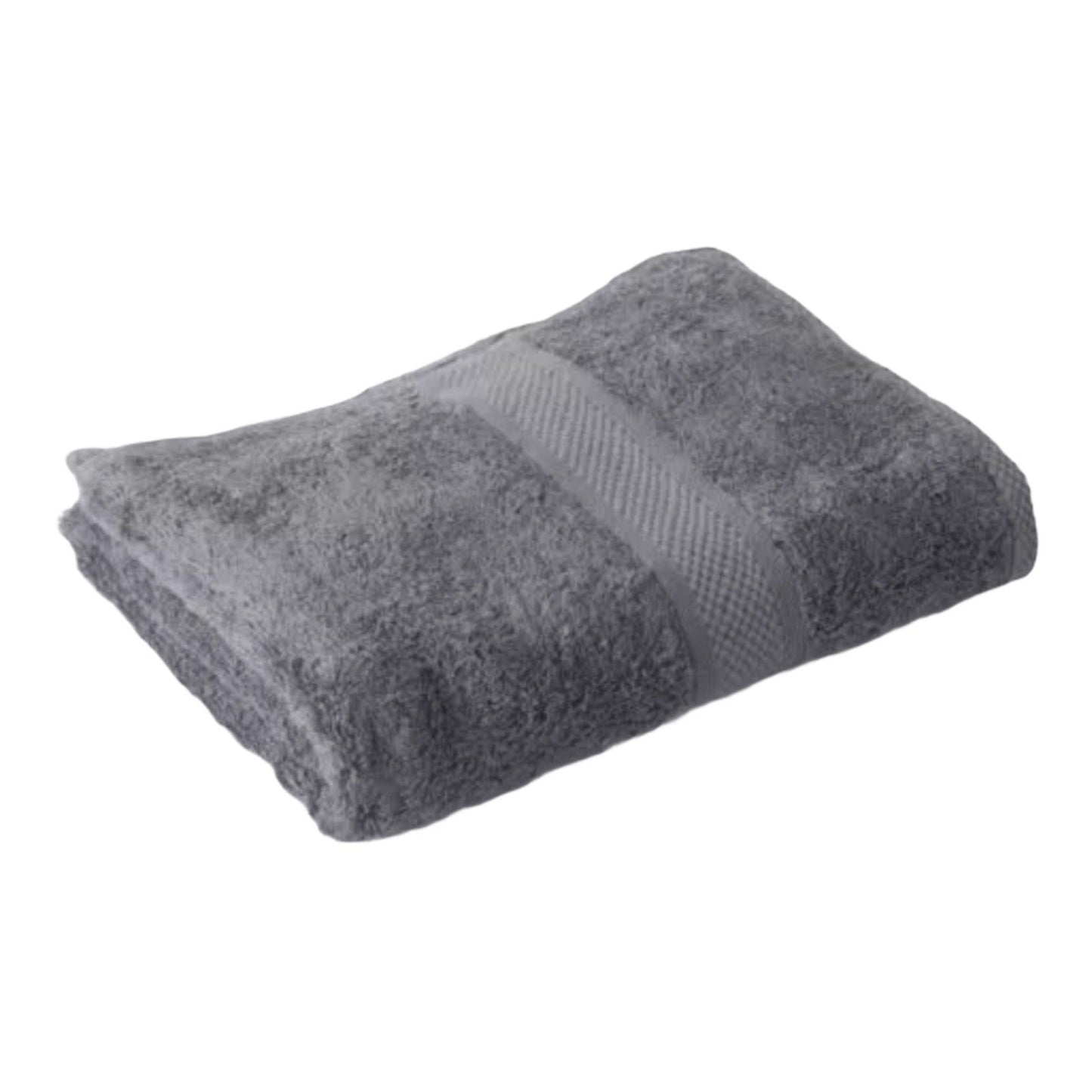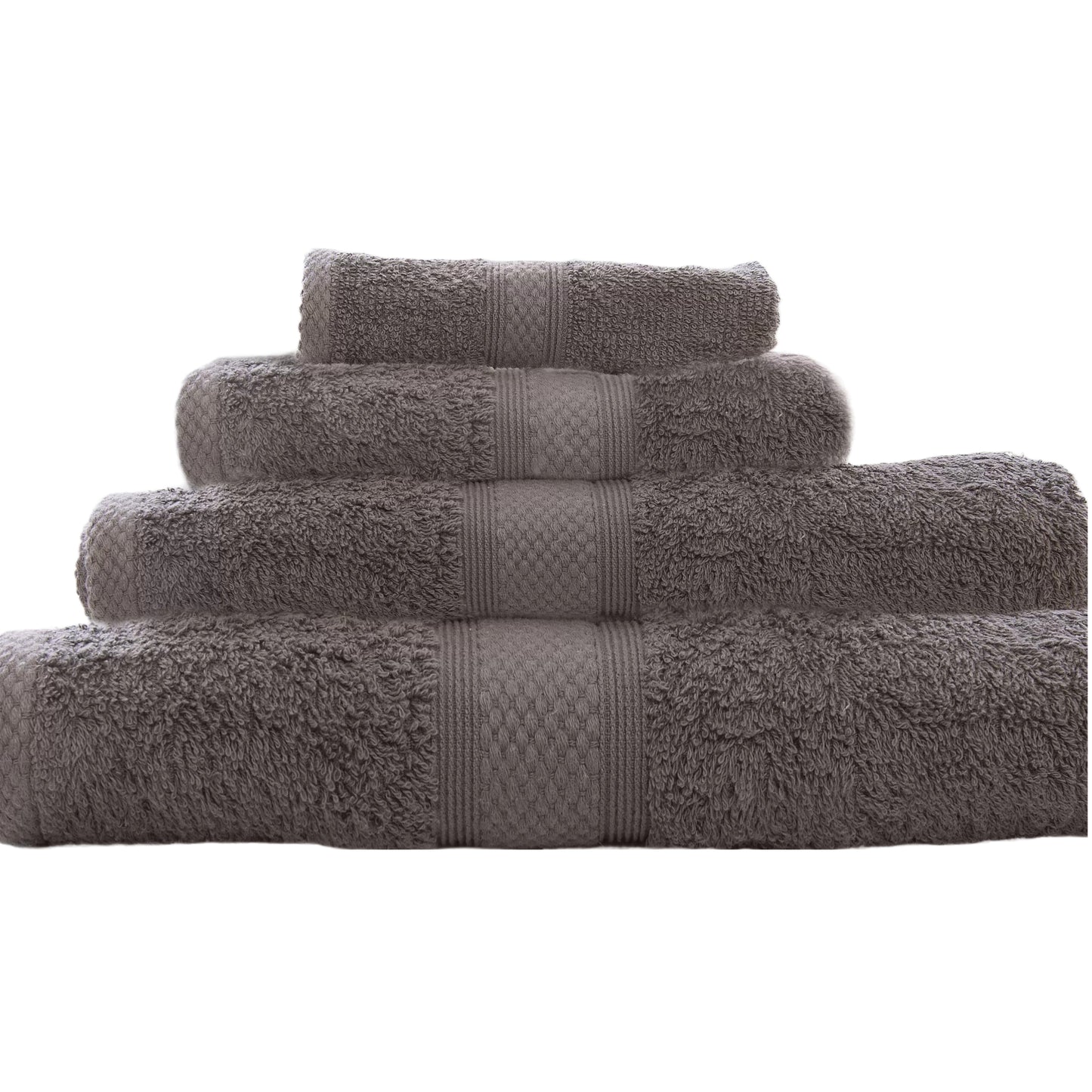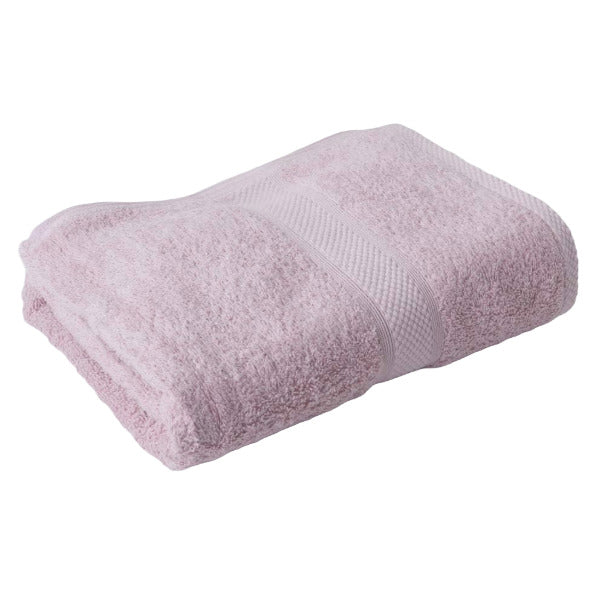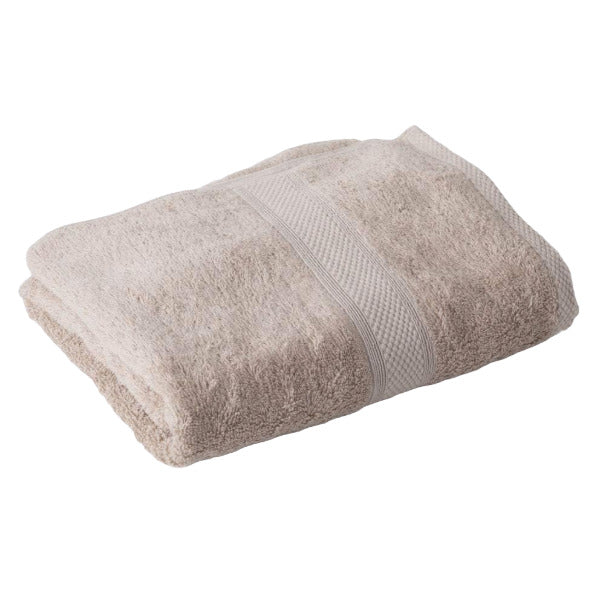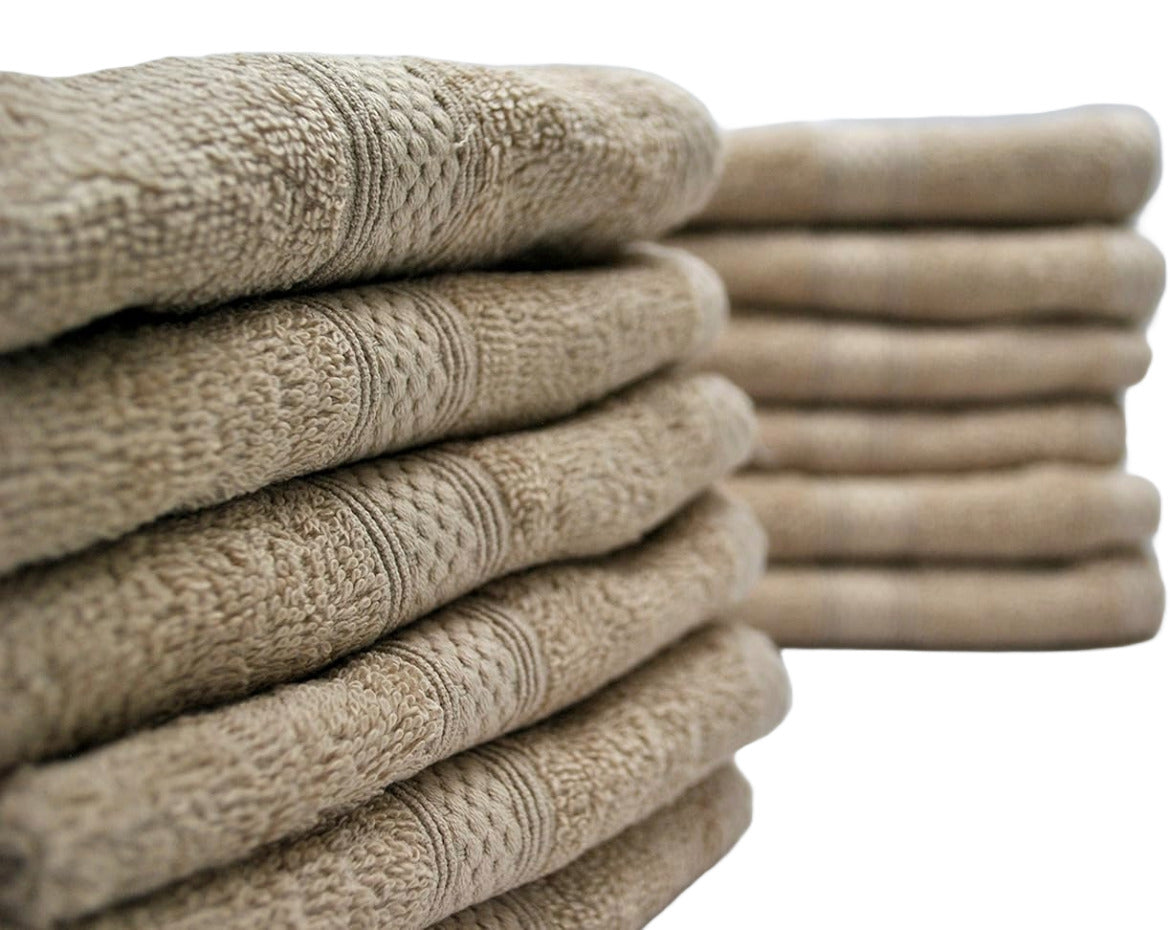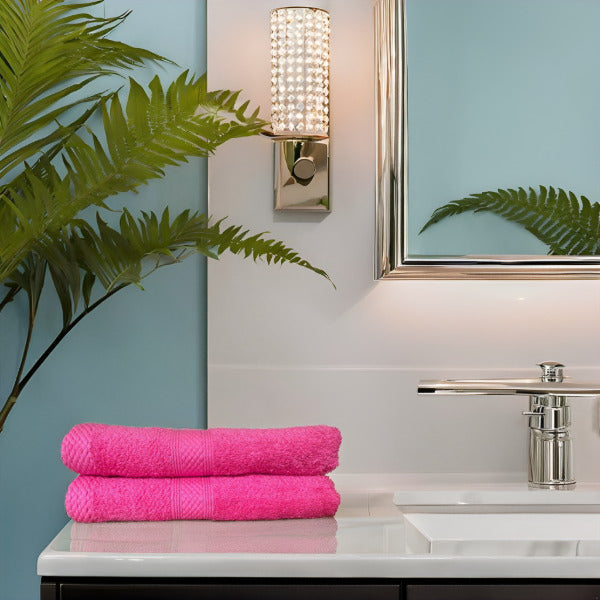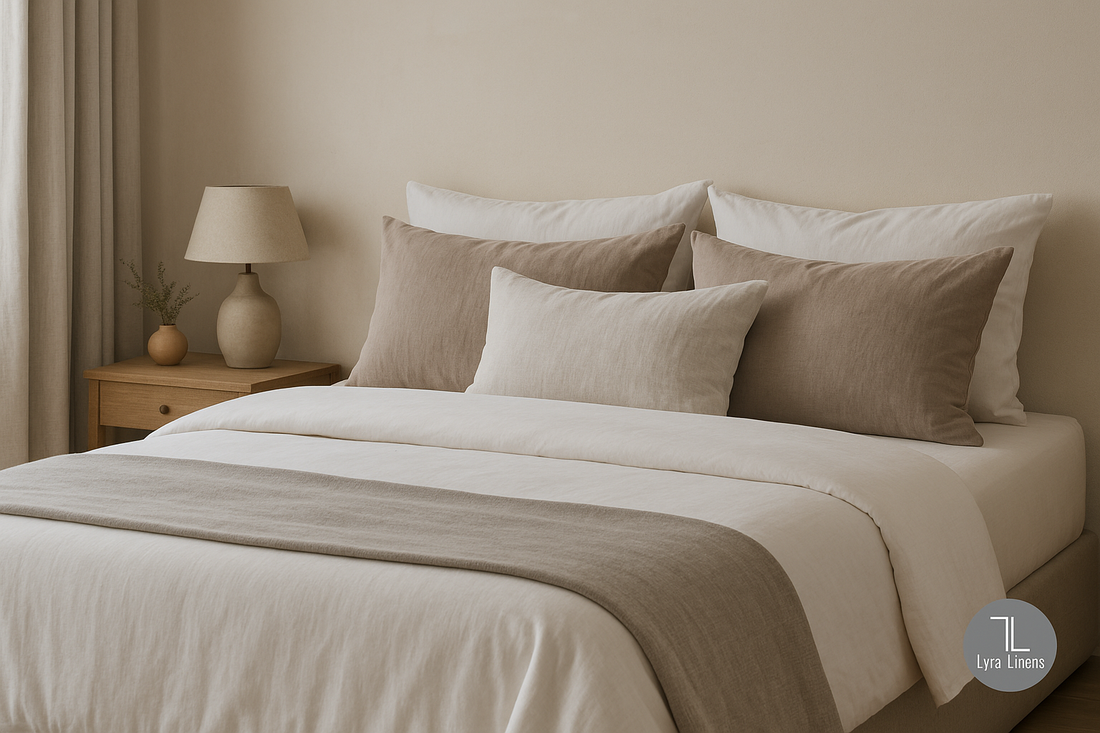
How to Choose the Perfect Bedding: Thread Count, Tog Rating & Fabric Types Explained
 A good night’s sleep isn’t just about the right mattress — your bedding plays a huge role too. Sheets that feel scratchy, a duvet that’s too warm, or fabric that traps heat can make even the best bed uncomfortable. But with so many terms flying around — thread count, tog rating, percale, sateen — it’s easy to feel overwhelmed.
A good night’s sleep isn’t just about the right mattress — your bedding plays a huge role too. Sheets that feel scratchy, a duvet that’s too warm, or fabric that traps heat can make even the best bed uncomfortable. But with so many terms flying around — thread count, tog rating, percale, sateen — it’s easy to feel overwhelmed.
This guide breaks it all down so you can choose bedding that feels luxurious, suits your lifestyle, and lasts for years.
What is Thread Count?
Thread count is the number of threads woven into one square inch of fabric (both horizontal and vertical).
- Standard ranges: Everyday bedding usually starts at around 180–200 thread count. Most high-quality bedding falls in the 300–600 range.
- Myth busting: Higher thread count does not always mean softer or better. Ultra-high counts (800–1,000+) can be less breathable and may use multi-ply threads that don’t improve quality.
- What to look for: Instead of chasing the highest number, choose bedding with a thread count between 300–500 for softness, durability, and breathability. Pair that with high-quality fibres like long-staple cotton or linen for the best results.
👉 Pro tip: Hotels often use bedding in the 300–400 range, which balances crispness, comfort, and easy care.
Understanding Tog Rating
If you’re shopping for duvets, you’ll see tog rating listed. Tog measures how well a duvet insulates — in other words, how warm it feels.
- Lightweight (1–4.5 tog): Best for summer months or hot sleepers.
- Medium (7–10.5 tog): Ideal for spring and autumn.
- Warm (12–15 tog): Perfect for winter or anyone who gets chilly easily.
👉 Pro tip: Consider an all-season duvet, which combines two duvets (e.g. 4.5 tog + 9 tog) that can be clipped together or used separately depending on the season.
Fabric Types & Weaves
The type of fabric you choose affects how bedding feels against your skin, how it regulates temperature, and how long it lasts.
Common Fabrics
- Cotton: Classic choice, breathable, durable. Look for Egyptian or Supima for premium quality.
- Linen: Natural texture, excellent temperature regulation, softens beautifully over time.
- Bamboo: Eco-friendly, silky feel, naturally moisture-wicking.
- Blends (cotton-poly): Budget-friendly, wrinkle-resistant, but less breathable.
Weave Styles
- Percale: Crisp, matte finish; cool to the touch; perfect for hot sleepers.
- Sateen: Smooth, silky sheen; slightly warmer feel; great for a luxe look.
- Twill: Subtle diagonal pattern, durable, holds up to heavy use.
How to Choose the Right Bedding for You
- Hot sleeper? Go for breathable cotton percale in the 300–400 range, and a 4.5–7 tog duvet.
- Cold sleeper? Sateen sheets and a 12+ tog duvet keep you cosy.
- Year-round comfort? Linen bedding + an all-season duvet is the most versatile combo.
- Style-driven? Sateen for sheen, linen for laid-back texture, or mix cushions and throws for depth.
Care Tips for Long-Lasting Bedding
- Wash sheets every 1–2 weeks in cool to warm water (avoid hot, which weakens fibres).
- Skip fabric softener; it leaves residue that reduces absorbency and softness.
- Line-dry when possible — tumble dryers can break down fibres faster.
- Store duvets and blankets in breathable cotton bags, not plastic.
Conclusion
The best bedding isn’t about chasing the highest thread count or buying the thickest duvet. It’s about finding the right combination of fabric, weave, and warmth for your comfort.
When you understand thread count, tog ratings, and fabric types, you can make smarter choices — and finally create a bed that feels like a sanctuary.


